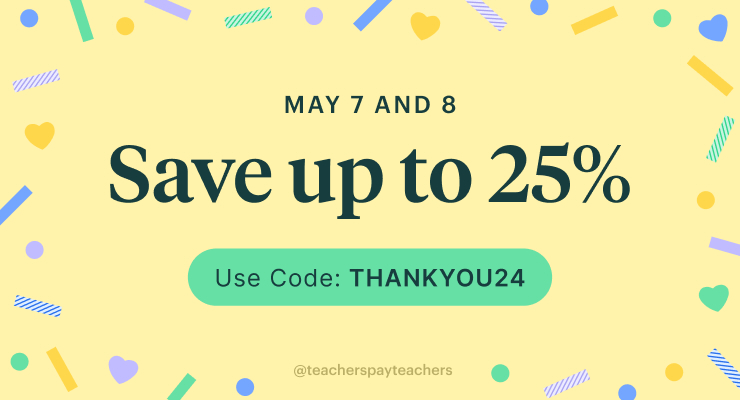Wondering what to do with extra board games you just don't use anymore!!?? Recreate them into games for your classroom! There are tons of games you can find in your home your family no longer uses or when you are out browsing for some cheap games for your classroom at yard sales.
Spice up your literacy center with this recreated game -
Sight Word Candyland! My kindergarten students love Sight Word Candyland and you can recreate it for your pre-k students, firsties or second grade students in only a few minutes! Below I list different ways grade levels can differentiate the game and directions on how to create it in only 3 steps!
Materials Needed:
- Candyland Board Game and Playing Cards
- Black marker
Directions for Creating:
- Determine a specific skill you would like your students to practice with their new literacy center (alphabet recognition, sight words, blending cvc or nonsense words, etc.) See the list below of differentiated ideas for different grade levels.
- Use a black marker and write on the playing cards. I wrote my sight words on the white part of the playing cards.
- Laminate the playing cards so they stay fresh for years to come! This game is very loved in my classroom and the cards and board game gets used heavily. If you laminate the cards you will be able to use the game for longer.
Uses:
- Pre-K/Preschool/HeadStart/Kindergarten/1st grade/2nd Grade
- Literacy Centers/Word Work Centers
- Small Group Instruction/Guided Reading Groups
- RTI/Interventions
Ideas for Differentiation Between Grade Levels:
Pre-Kindergarten/Pre-School/Head Start Programs could differentiate this game by writing Alphabet letters (Uppercase & Lowercase) on the playing cards.
Kindergarten - depending on if you are half day or full day you can choose from many different skills. You should also determine when in the school year you would like to use this game. I wrote sight words on the game because we focus on Fry Words 1-50 and we are constantly reviewing these throughout the entire year. It makes the game useful for many months.
I typically begin using this game for sight words in my full day kindergarten classroom after the first 25 Fry Words have been introduced (December/January). There are many other uses for this game other than sight word practice for kindergarten. Alphabet letters on the cards would be useful for the beginning of the year. You could even make it more challenging and write CVC or Nonsense Words on the cards to practice blending phonemes.
1st/2nd Grade could differentiate this game by writing sight words you focus on at your grade level. You could also focus more on blending phonemes. You could do this by writing the following types of words with these letter patterns: CVC, Nonsense Words, Digraphs, Blends, Silent e, Vowel Teams, R-Controlled Vowels, etc. The sky is the limit for you! Just determine what time of year your would like to use the game during.
Have fun creating this new literacy center for your classroom! Your students will LOVE it!
If you are looking for more ways to practice sight word fluency or letter naming fluency check out two of my products below. Visit my store,
Kindergarten Smarties, for a
Fluency Bundle that includes practice with letter naming, sight words, CVC, Nonsense Words, and Words with Digraphs!







